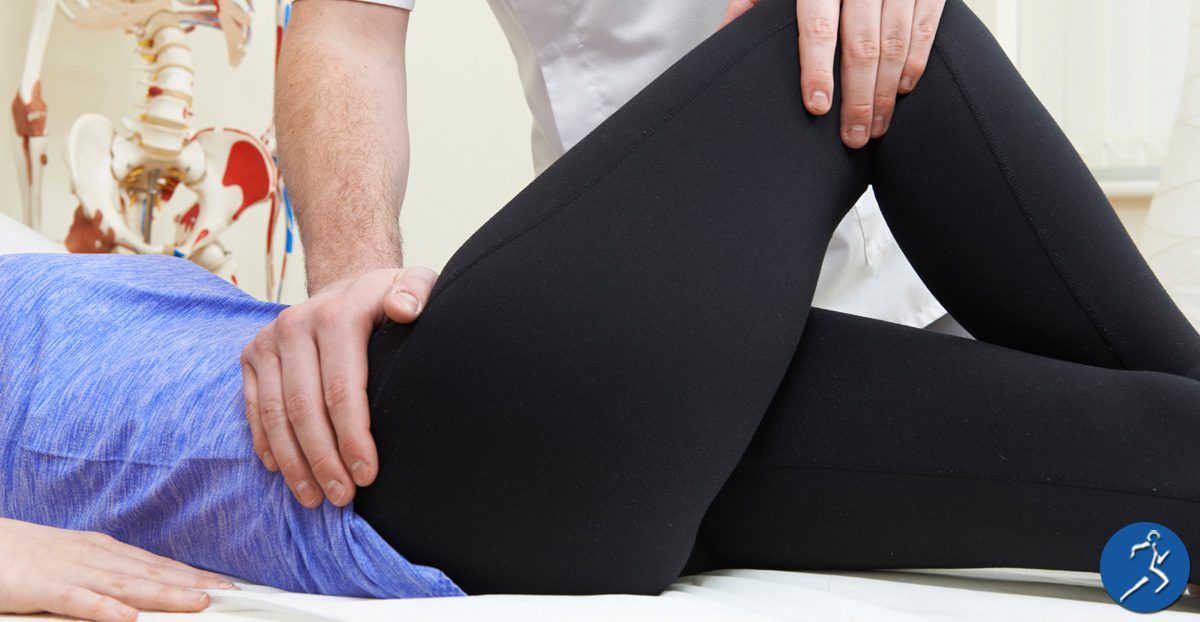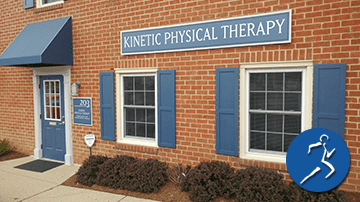 Each year hundreds of thousands of Americans undergo a hip replacement. Physical therapy plays a vital role in recovery.
Each year hundreds of thousands of Americans undergo a hip replacement. Physical therapy plays a vital role in recovery.
Physical therapists, especially those at Kinetic Physical Therapy, are experts at helping patients regain strength after surgery. Nothing aids the post-surgery recovery process as well as physical therapy.
Hip Replacement Surgeries on the Rise
Doctors find that the numbers of hip replacement surgeries rise each year. There are a few reasons this surgery is becoming more common.
First, as modern medicine improves, the life expectancy age continues to rise. This means more people are reaching advanced age, and their hips wear out.
Second, patient satisfaction with hip replacements is also on the rise. Therefore, more people elect to have a total or partial hip replacement.
And then we have two reasons that are opposite from one another. As the Baby Boomer generation ages, many continue to be physically active. And sometimes aging bodies are pushed harder with vigorous exercise. This pushing of the body’s limits causes faster wear and tear.
The last reason is the opposite of wearing down a body faster with exercise. The increasing obesity epidemic in our country results in joint injuries as bodies carry more weight.
Types of Hip Surgeries
The most common hip surgery is total hip replacement. This is also called total hip arthroplasty. Surgeons remove damaged bone and cartilage from the ball and socket of the hip joint. Then prosthetic components replace the ball and socket.
There is also partial hip replacement. This procedure removes and replaces the hip joint’s ball with a prosthetic. Doctors don’t replace the socket with a partial hip replacement.
With the last type of surgery, hip resurfacing, there’s no replacement. Instead, metal covers the bone and socket for more effortless movement. The bone is reshaped and capped with a metal prosthesis. The surgeons fit the hip socket with a metal cup.
Reasons Hip Replacement is Needed
Relief from pain is the most common reason for a hip replacement. If your hip has declined enough, you may have pain even when you’re not moving. This constant discomfort affects your quality of life.
Improving joint mobility may be another reason for surgery. Getting around can be an issue if your hip joint has limited mobility. Hip surgery can improve or restore your ability to perform everyday activities safely. Activities like standing, walking, running, or using stairs are more manageable with a healthy hip.
Hip Pain Causes
The number one cause of hip pain that results in surgery is osteoarthritis. Osteoarthritis occurs when the cartilage that cushions the ends of the bones in your joints gradually deteriorates. The deterioration happens over time, so people with osteoarthritis are usually elderly.
Rheumatoid arthritis is another culprit of hip pain. This autoimmune disorder is where the immune system mistakenly attacks the body’s tissues. This chronic inflammatory disease can cause very painful and swollen hip joints.
The final pain that can cause hip replacement surgery is a hip fracture. There are many ways to fracture your hip, but the most common results from a fall. Hip fractures happen primarily in the elderly because of weaker bones and reduced balance.
Physical Therapy After a Hip Surgery
After surgery, rest is essential for recovery. While it may be tempting to stay still after surgery, movement is vital. Without movement, your hip can become stiff. This hinders recovery.
And that’s where physical therapy comes to the rescue. There are three goals of recovery on which your physical therapist will want to focus.
Regaining flexibility is one goal. Stretching ligaments and muscles after surgery will help speed up the recovery process. Increasing flexibility will also minimize the long-term effects of surgery.
Increasing your range of motion is another goal. If your range of motion is limited, the ability to perform everyday movements for mobility will be reduced.
Finally, strengthening the hip through physical therapy will aid in recovery. Increasing muscle mass around the hip will help stabilize the hip. Strength will also help keep the hip healthy.
Contact Us Today
Our physical therapists at Kinetic Physical Therapy are ready to help you recover from surgery. We set goals to keep you moving and strong. Call us today if you have had or are planning a hip replacement procedure.
Movement is the name of the game in post-surgery recovery. And no one is more of an expert in movement than physical therapists. At Kinetic Physical Therapy, we realize that you have options for treatment. With us, you can see the same therapist for each visit. We work together to make you comfortable in the Physical Therapy setting.


